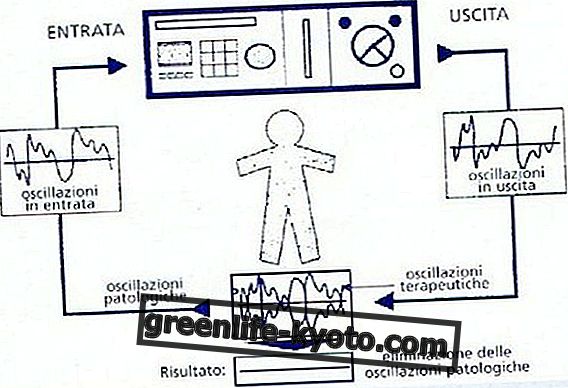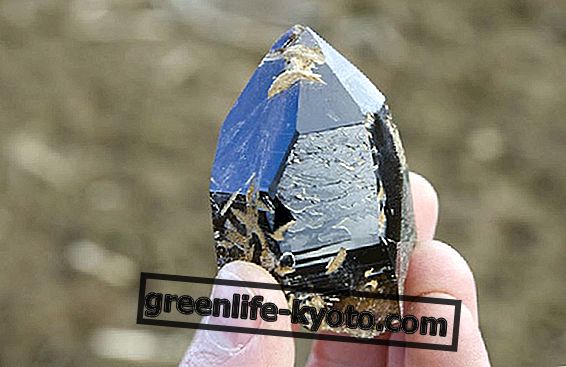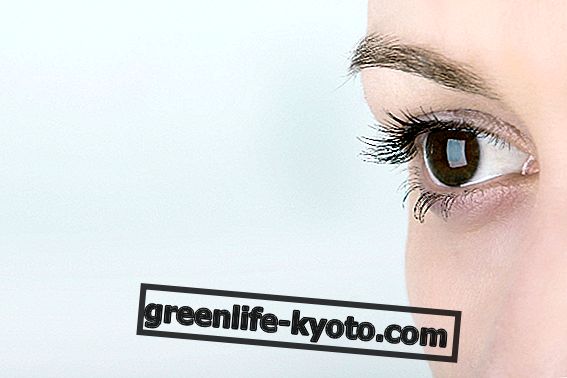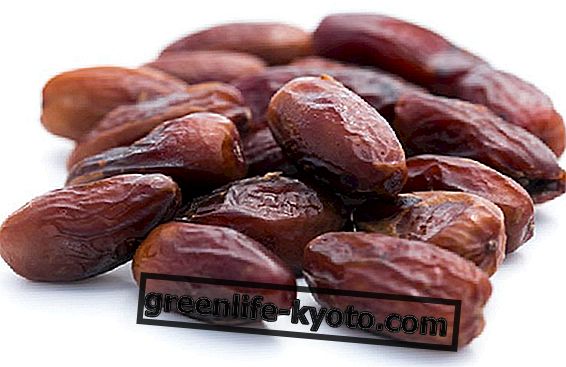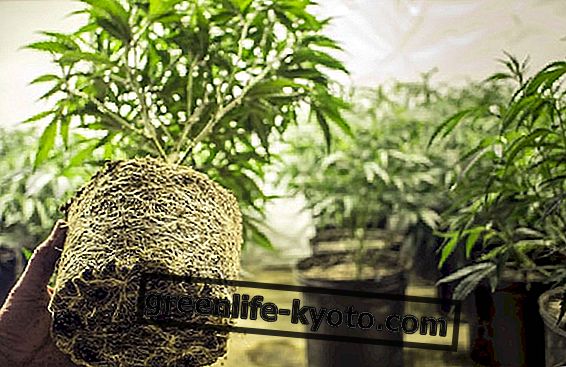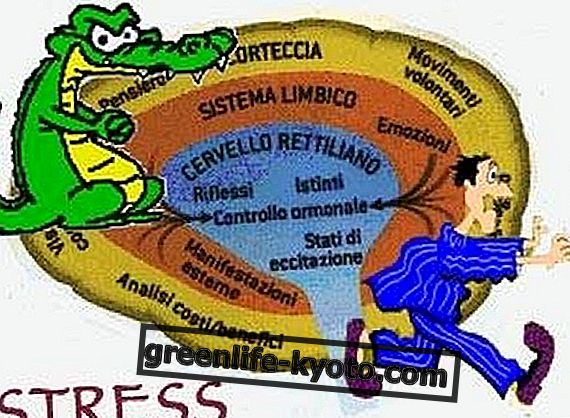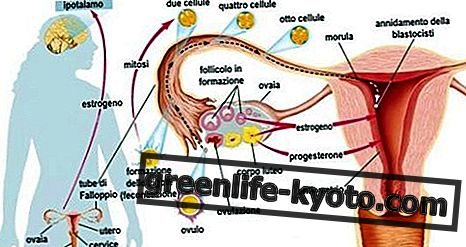
There are many variables with so many fanciful names but the basis is the same: to stimulate our body to find carbohydrates from fat reserves. A magic? No, the ketogenic diet is the starting concept.
It is forbidden to eat bread, pasta and cereals of any kind, wide to proteins . Pay attention: the human organism is not made to work like this for a long time.
The proteins in large quantities are disposed of with great effort by the liver and kidneys and the ketone bodies (from which the name derives) that are produced are toxic, in large quantities.
The ketogenic diet is strongly discouraged in the case of health problems, especially kidney, liver and pregnancy .
Contact a specialist if you want to follow it and tell your doctor. Stop it when some unwanted symptoms appear.
That being said, here is in detail what the ketogenic diet is, with an example and two recipes.
The ketogenic diet: what it is
In practice, the ketogenic diet is a normoproteic diet, however rich in proteins. It allows a weight loss of around 2 kg a week and has its origins as a therapy against epilepsy.
It was indeed found that in epileptic patients during periods of fasting, seizures decreased strongly. The ketogenic diet, almost free of carbohydrates, induces the same mechanisms of fasting in the body, stimulating the destruction of fats to produce carbohydrates - indispensable to the human body (about 200 grams of glucose a day) - but at the same time it provides nutrients such as proteins and (few) fibers.
The conversion of carbohydrates thus carried out, however, produces waste substances called ketone bodies, which are very difficult to dispose of for the liver and kidneys, resulting in toxic quantities in large quantities.
The permitted foods of the ketogenic diet
Categories of foods allowed in the ketogenic diet:
- fats : condiments like olive oil, butter, soy oil, sesame oil, lard, real foods such as those derived from cheeses rich in fats and proteins but low in carbohydrates such as for example, milk flakes or mozzarella or ricotta. Even the mayonnaise can be consumed;
- proteins : eggs; meat, game, steak, lamb, chicken, sausage, hamburgers, turkey, preserved meats like speck, ham, pancetta, bresaola, smoked meat. Fish, shellfish, salmon, tuna, herring, lobster, prawns, anchovies;
- vegetables (maximum 500 grams per day) low in carbohydrates (zucchini, asparagus, mushrooms, broccoli);
- a good quantity of supplements to compensate for the deficiencies: among them: milk proteins (to prevent the destruction of proteins due to the reduction of carbohydrates); Peptide glutamine (contrasts the nitrogenous waste that is produced in the metabolism of proteins); branched chain amino acids (to prevent the body from using muscle proteins); L-carnitine (to help ketogenic metabolism); mineral salts (which are not supplied by the diet, low in fruit);
- water : at least 2 liters per day, or tea or unsweetened herbal tea;
- Dried fruit
- Salt, pepper, mustard
Excess protein, the consequences
The ketogenic diet: an example
For those who, with the due caution and supervision of an expert, would like to try a few days of ketogenic diet, here are some suggestions for breakfasts, meals and snacks.
Breakfast suggestions, to be chosen from:
- 2 fried eggs, with two slices, or in omelette
- Slices of smoked salmon in rolls with cream cheese
- Scrambled eggs
- Whole milk, 200ml and a sandwich with bresaola
- One whole yogurt and one sandwich with ham
For lunch, choose between:
- mozzarella with spinach
- Green salad with diced cheese
- Spinach salad with eggs and mayonnaise
- Steamed cod with zucchini, half an apple
- Steamed octopus, aubergines, half pear
Dinner suggestions:
- tuna steak with steamed vegetables
- Grilled chicken breast with salad, half an apple
- Grilled turkey breast with radicchio
Examples of snacks :
- a handful of walnuts or almonds
- Parmesan cheese in cubes
- Boiled egg
- Celery with cream cheese
The ketogenic diet: 2 recipes
Fish: baked salmon
Ingredients :
- 2 salmon fillets
- 2 minced garlic stucco
- 6 tablespoons of oil
- a teaspoon of dried basil,
- black pepper and salt
- lemon juice
- a teaspoon of chopped parsley
Preparation : prepare the marinade by mixing the chopped garlic stucco with the tablespoons of oil, the dried basil, black pepper and salt, the lemon juice and the chopped parsley. Cover the salmon fillets with the marinade and leave to marinate in the refrigerator for at least an hour, turning them from time to time. Arrange the fillets on aluminum foil, cover with the marinade and cook for about 40 minutes in a preheated oven at 180 degrees.
Meat: chicken salad
Ingredients :
> 150 grams of grilled chicken
> a stalk of celery
> an onion
> 2 tablespoons of parsley
> a boiled egg
> half a tablespoon of dill,
> chopped garlic,
> 30 grams of mayonnaise
> a tablespoon of mustard
> salt and pepper
> green salad
Preparation : chop the celery stalk, onion and parsley with a food processor. Place everything in a salad bowl and mix it together with the peeled and chopped boiled egg, the half tablespoon of dill, the chopped garlic, mayonnaise and mustard. Season with salt and pepper.
Prepare the grilled chicken (or use roast chicken) and cut it into pieces. Place it in the salad bowl with the sauce already prepared. Add some green salad.

